Welcome to our first Tech Q&A, a new monthly series where your burning questions are answered by some of the most experienced experts in cycling.
In this series, we aim to answer your questions from our unparalleled access to the greatest minds in cycling, both on the BikeRadar staff and externally.
For this inaugural edition, we answer questions on why a chain might drop when you pedal backwards, how to attach luggage to a bike without any mounts, whether manufacturers' torque specs are for wet or dry fasteners and many more.
And remember, if you have a question you just can’t find the answer to, email us at podcast@bikeradar.com. Every month, we’ll select the most interesting questions and bring you an expert-level response.
Why does my chain drop whenever I pedal backwards?
Nicholas Rogowski asks…
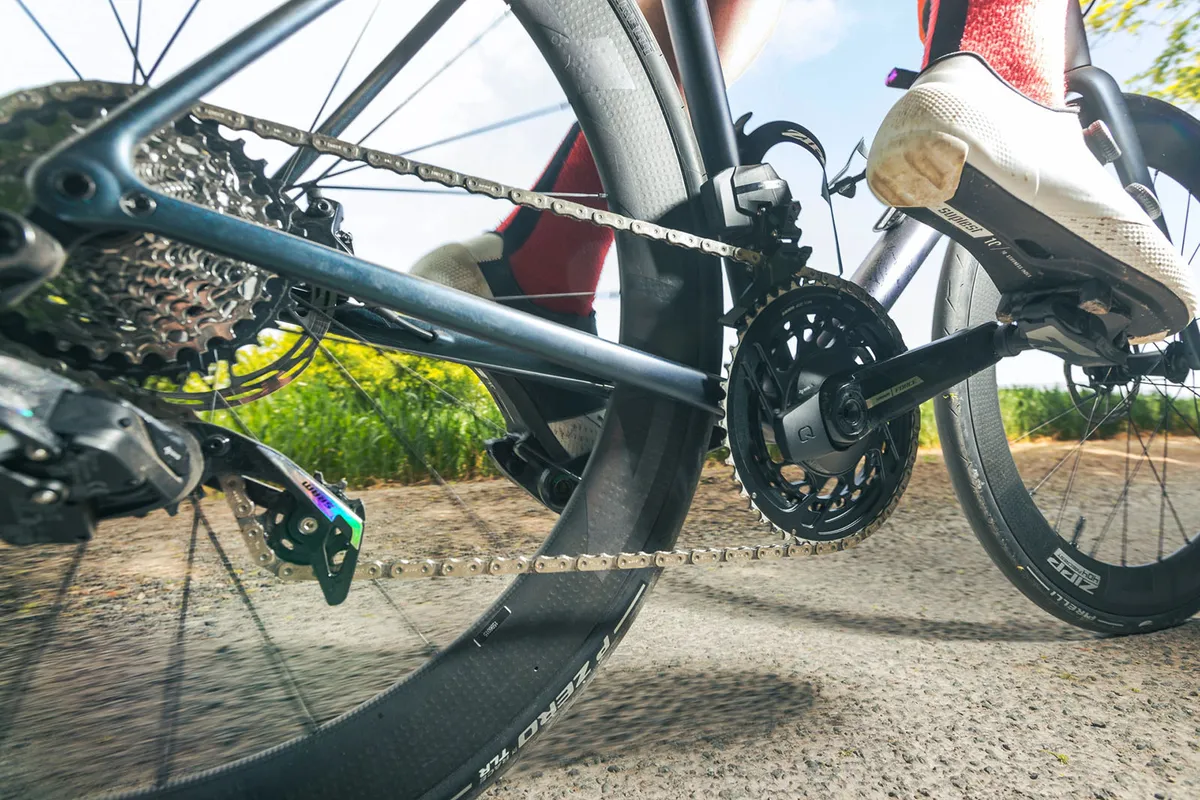
I’ve got a mechanical question I’m unable to get answered, even with the help of my local bike shop and trawling through internet forums.
On my Kona Honzo ESD hardtail mountain bike, I’ve got a Shimano 1x12 drivetrain. For a few months, my chain has dropped off the cassette whenever I pedal backwards, specifically on the four easiest gears. There are no issues shifting when I pedal forwards.
I tried to reset my rear derailleur and change my chainline but to no avail.
I believe there are two options left – a full rear-hub service or remove a spacer that’s on the driveside of my bottom bracket.
The main advice I’ve read is simply not to pedal backwards.
BikeRadar’s answer…
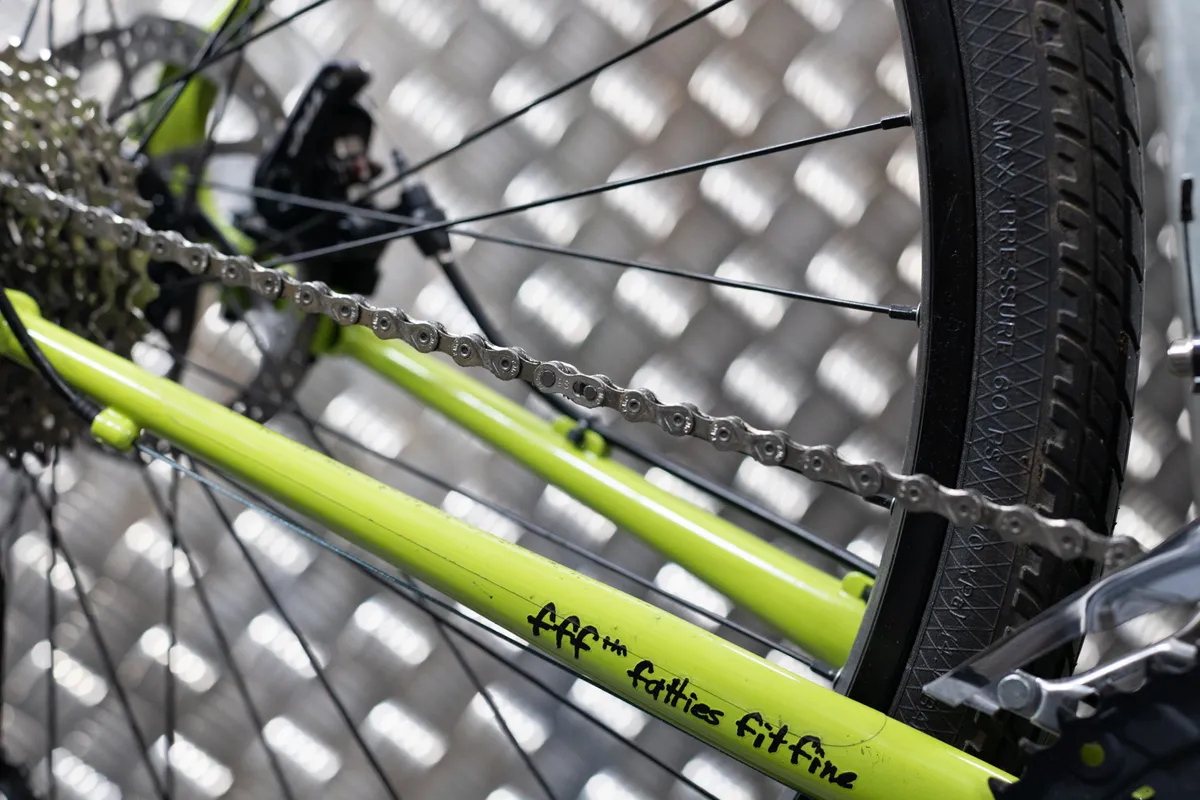
This issue could be caused by a number of factors and is a tricky one to answer.
Senior technical editor Tom Marvin first suggests checking for stiff links. The chain is forced into aggressive angles at the extreme ends of the cassette and if there’s a stiff link, it’ll be more prevalent in these gears. A stiff link might not be evident when pedalling forwards because the pulley wheel is better at guiding the chain onto the cassette, which is why it doesn’t slip off.
Tom also suggests checking the B-tension screw – poorly adjusted B-tension can play havoc with how smoothly the chain glides over the cassette.
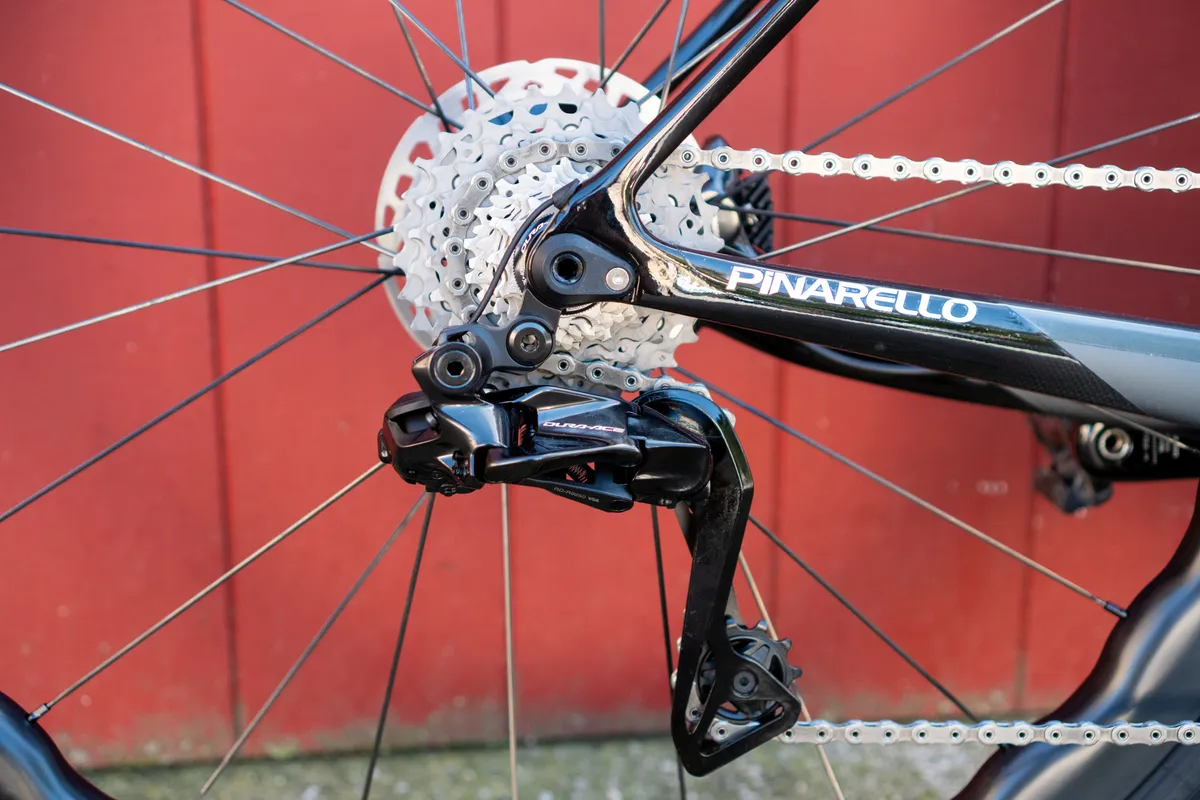
Fellow senior technical editor Warren Rossiter agrees with Tom’s assessment and says he’s had to make adjustments to the B-tension when out on a ride to make “the chain offset slightly less acute – this positions the top pulley further away from the cassette to decrease the pressure on the chain”.
Finally, Tom recommends inspecting the cassette’s condition. A worn cassette could also cause the chain to skip when pedalling backwards because the worn teeth won’t mesh properly with the chain.
Warren says a chain unshipping when pedalling backwards “is usually down to a sub-optimal chainline when the chain is at either extreme of the cassette”. However, he doesn’t think this is true in Nicholas’ case.
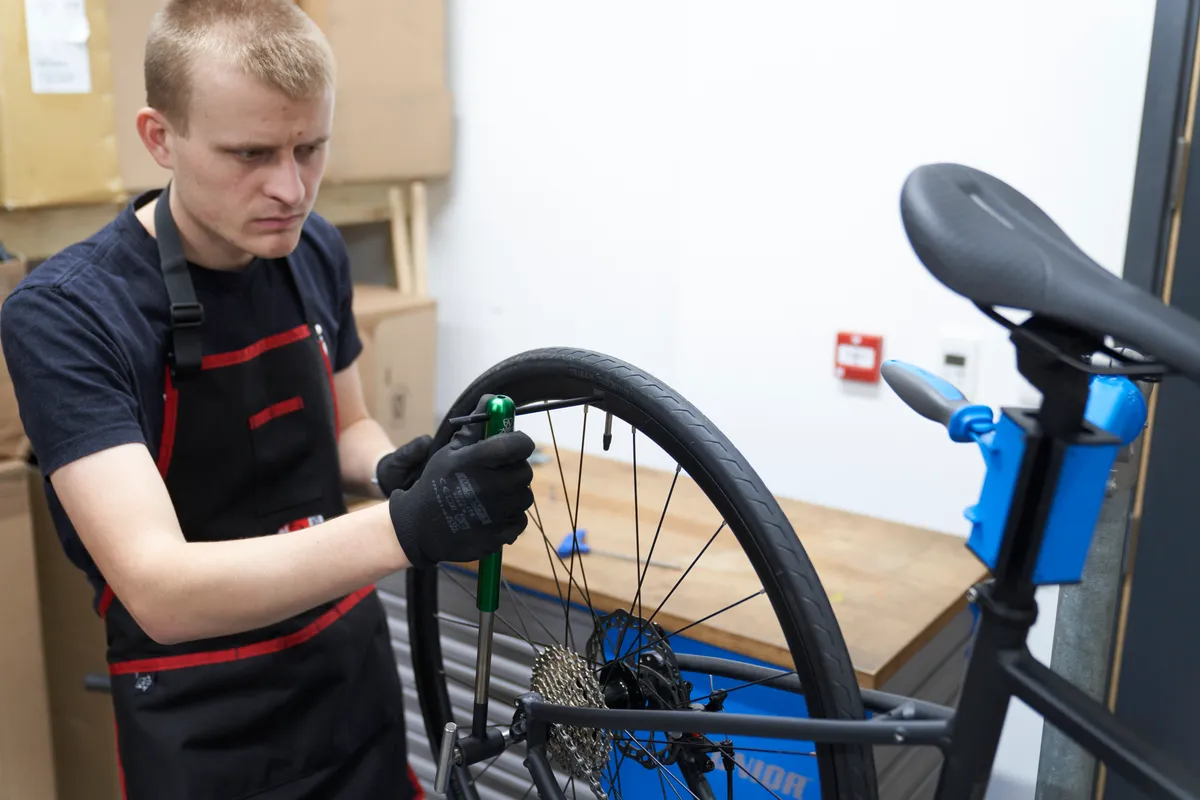
Warren suggests thoroughly inspecting the derailleur hanger and the rear derailleur itself in case it’s slightly twisted or play has developed in the pivots of the main body.
“It might not be twisted enough to affect shifting throughout the cassette, but when you back-pedal, that might be enough for the chain to drag the lower pulley forward and slacken the chain, causing it to drop,” he says.
Attaching luggage to a bike that doesn’t have mounts
Tom Parish asks…
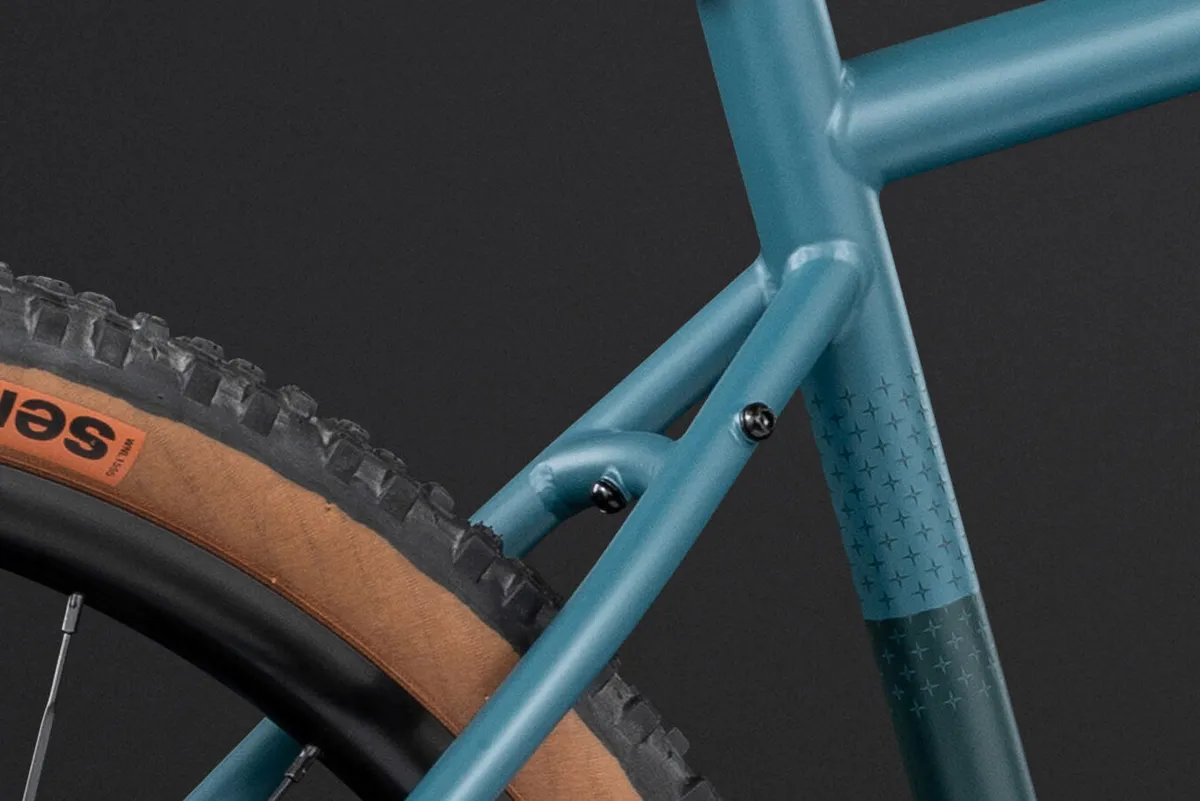
I just picked up a nice, used Trek 1200 road bike with a full Shimano 105 groupset. I would like to use this as a touring bike, but there are no attachment points for my gear.
Do you have any suggestions on how I can attach panniers to this bike?
BikeRadar’s answer…
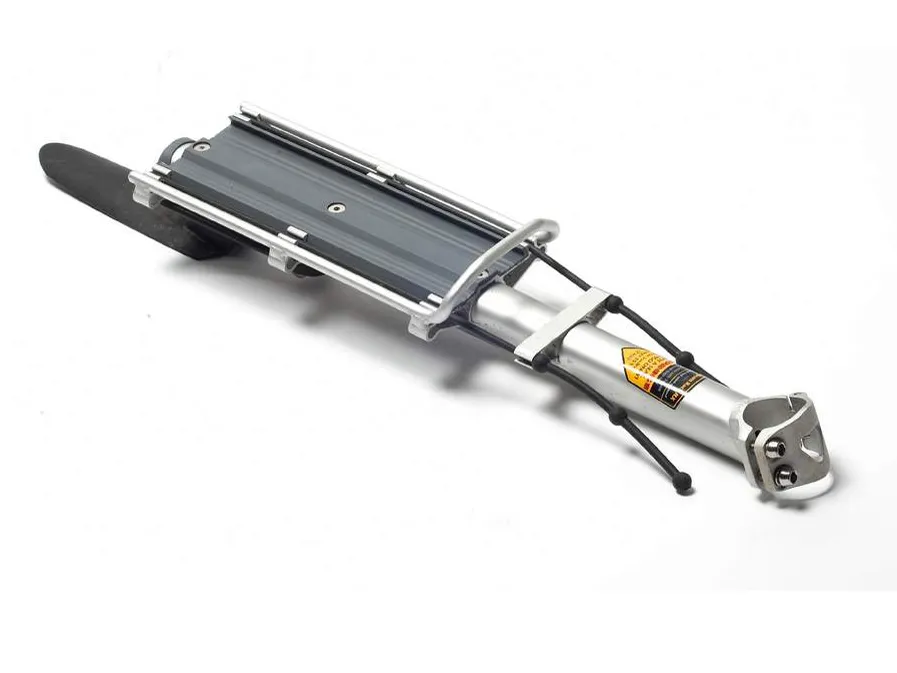
This is a pretty common problem with road bikes – fixtures and fittings that make a bike more practical are omitted.
Thankfully, there are some good options out there.
Warren recommends taking a look at Topeak’s Beam Rack range, which mount to the seatpost – particularly the RX variant with its side frame attachments. This will take standard pannier bags and even a trunk bag that fits on the top of the rack.
Up front, Warren suggests using something such as Ortlieb’s Quick-Rack, which attaches via the quick-release and the nut behind the fork crown. The sturdy rack allows for up to 15kg capacity.
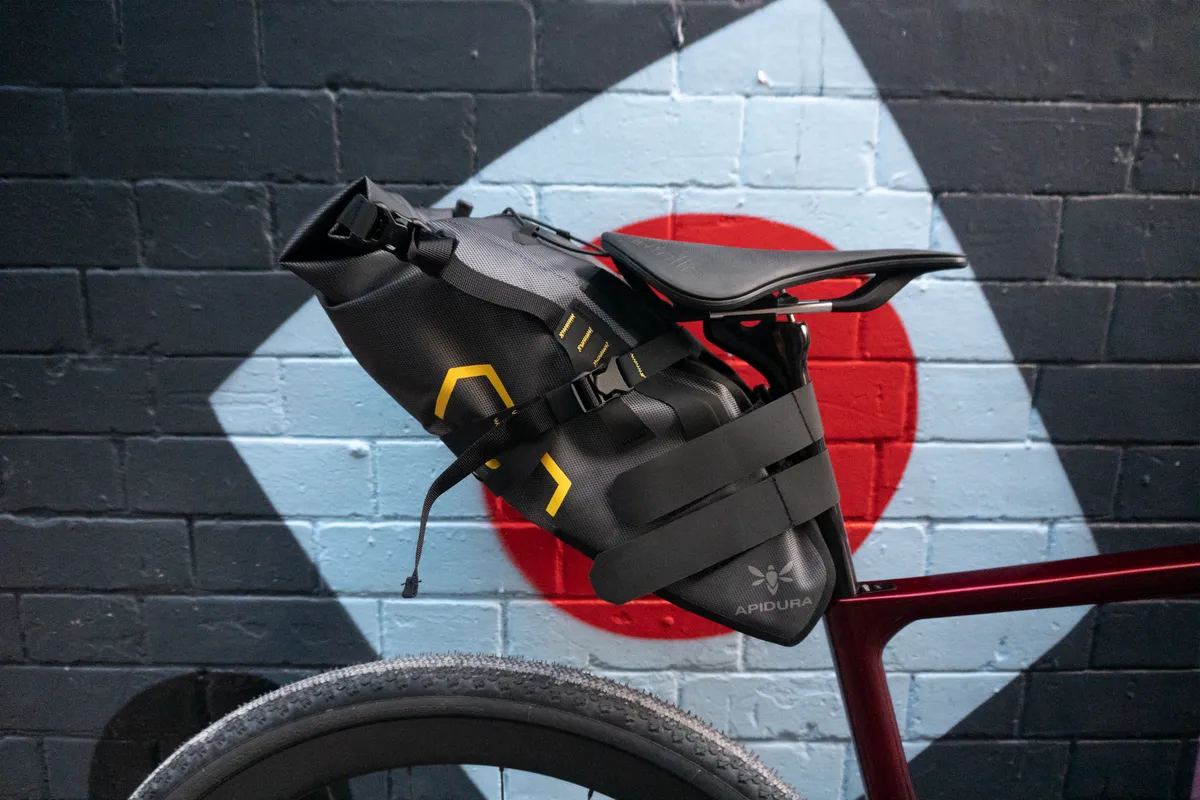
Tom points to bikepacking bags as being a possible solution – or a more extravagant option would be a Tailfin setup (which we rated very highly).
He recommends distributing the weight evenly on the bike to try to preserve its handling characteristics as closely as possible.
What are you actually feeling on tyres and suspension?
Steve Wilson asks…
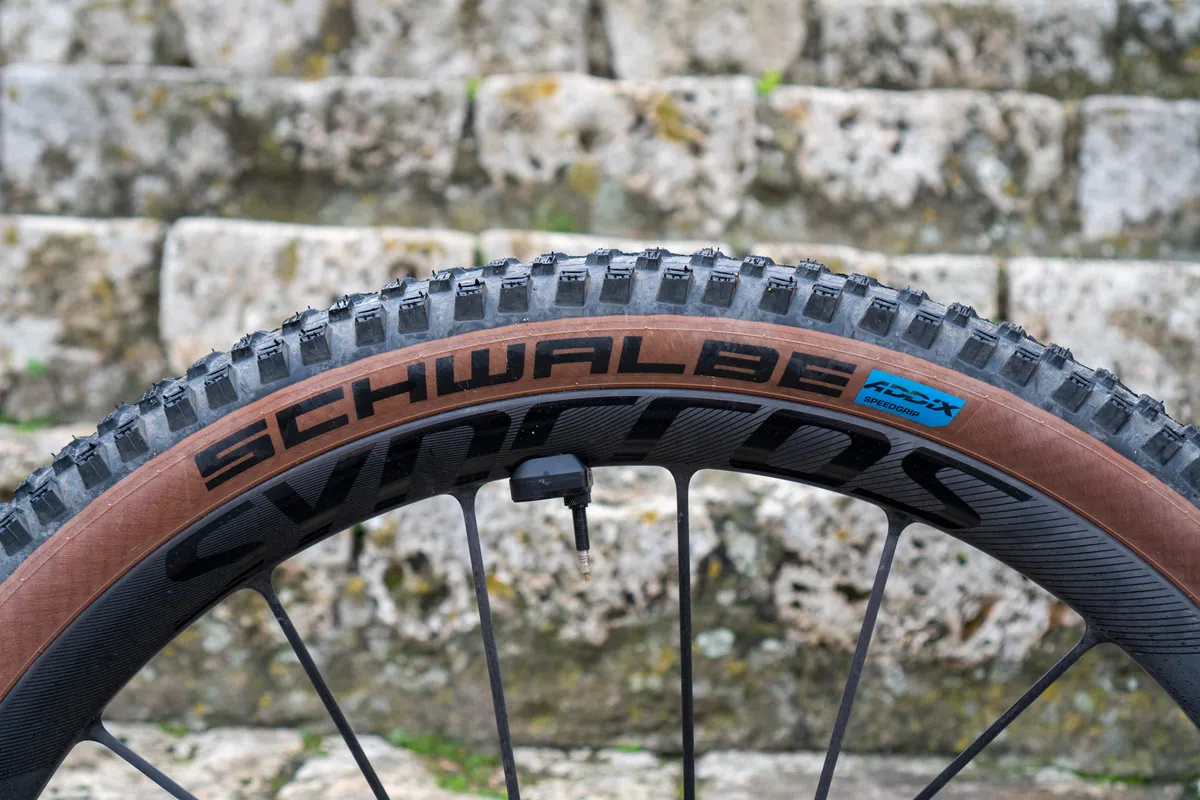
When you describe how tyres and suspension perform, can you describe what it is you’re actually feeling in terms of how the bike rides? For example, if you were to run too low a tyre pressure, what does this feel like when you’re riding?
BikeRadar’s answer...
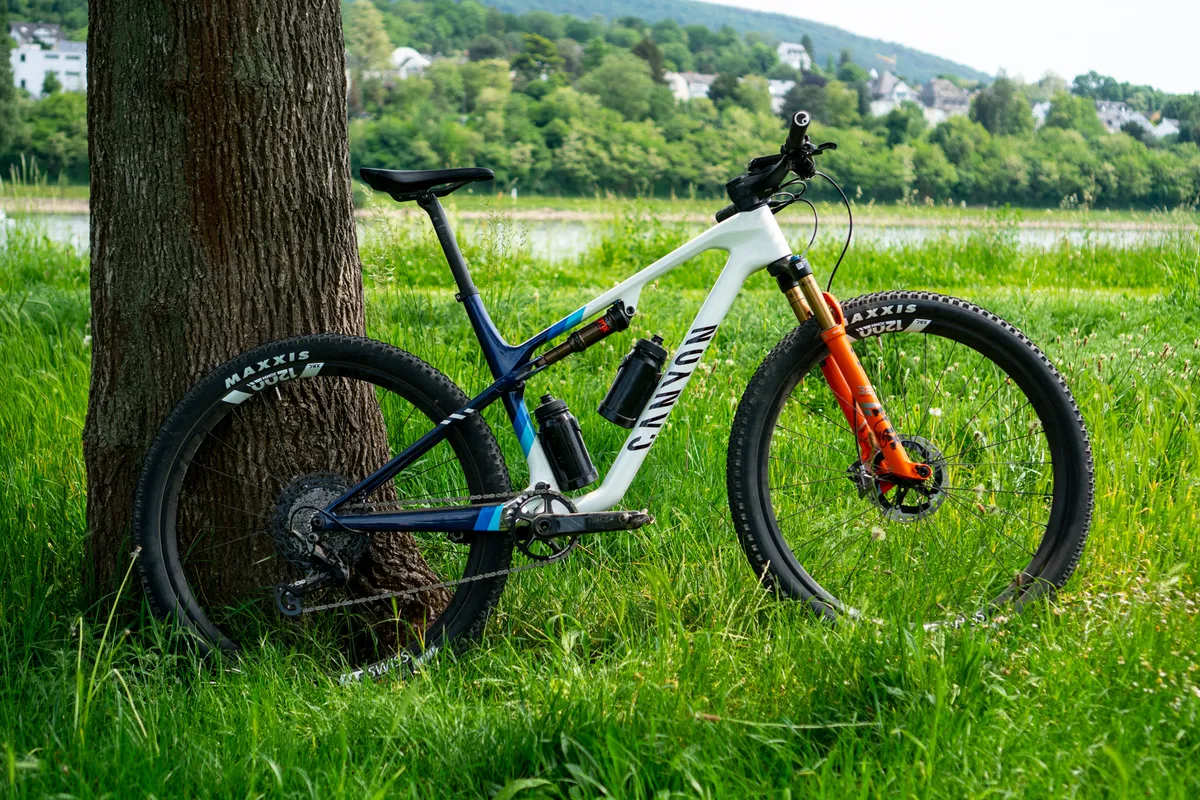
This is a tricky question to answer concisely. In our reviews, we always try to communicate the feeling of how a product rides.
Starting with mountain bike tyre pressures, if your pressure is too low, that means there’s not enough air in the tyre.
Tom explains this in turn “means the tyre is more flexible and there’s more movement over the rim. This translates to a less precise relationship between your hands, the handlebars and the ground”.
He adds a low tyre pressure will make the tyre squirm on the rim, meaning the tread of the tyre will move side to side more. It’ll suck up bumps more when you go over a stone and the stone will disappear under the tyre more.
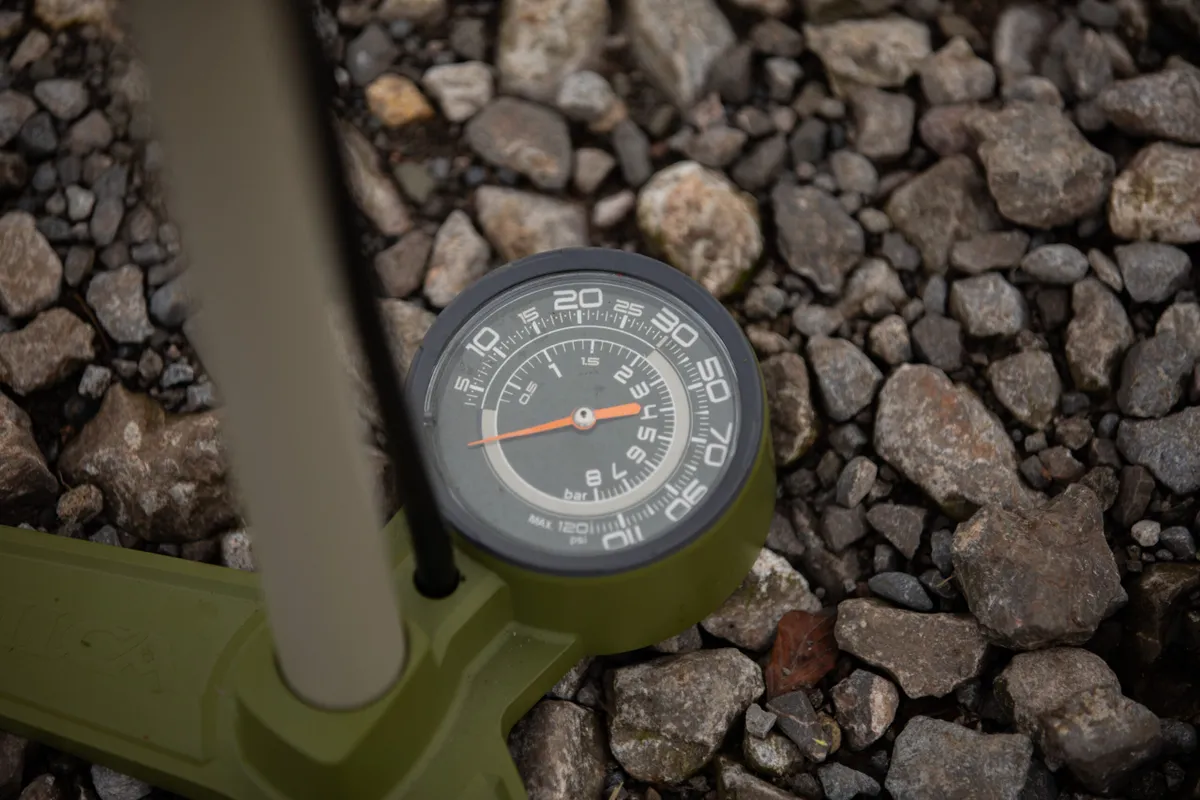
Tom explains there’s a balance to be had between the stone disappearing, which might aid comfort and grip, and the tyre squirming, which might feel more vague and imprecise. This is where getting the right tyre pressures for you is really important.
“If it’s too low, the riding quality might feel vague and you won’t know what’s going on underneath the bike. If it’s too high, you might compromise on grip and the tyre might feel pingy and slip off when you hit a rock or a root,” he says.
Warren adds that, fortunately, there are fewer nuances on a road or gravel bike, but that he always tries to put himself in the mind of who a bike is aimed at and write experientially. He’ll often describe the road or topography of where he has tested a product and will judge tyres based on how they react outside of a typical situation.
Ultimately, there’s a lot of experimentation to be had and you might have to adapt your tyre pressures if you’re running a different compound.
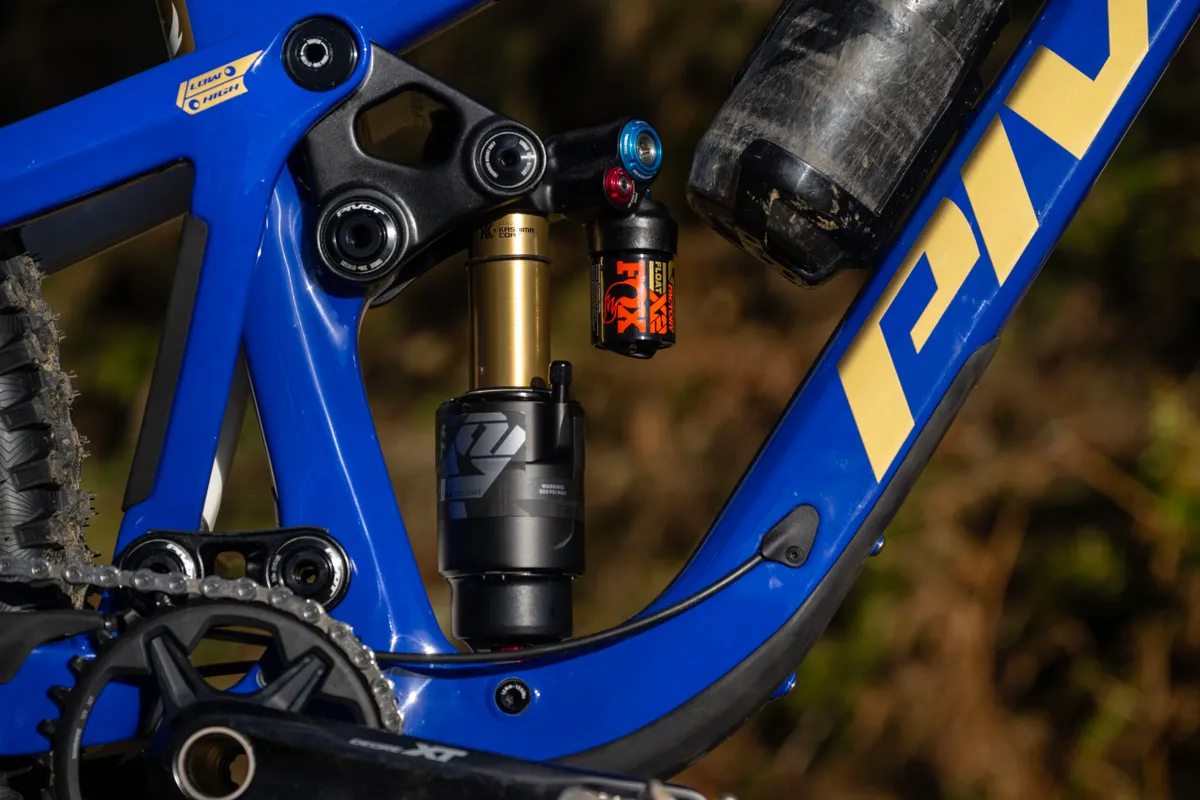
With suspension setup, there also isn’t a one-size-fits-all approach.
“If you were to ride my bike, it would feel different from yours because my weight and body position are different,” Tom says.
He recommends following a detailed tyre pressure or suspension setup guide. By following the setup processes, you are likely to have a more rounded understanding of how certain riding traits can manifest.
Drivetrain component lifespan
Owen Lockwood asks…
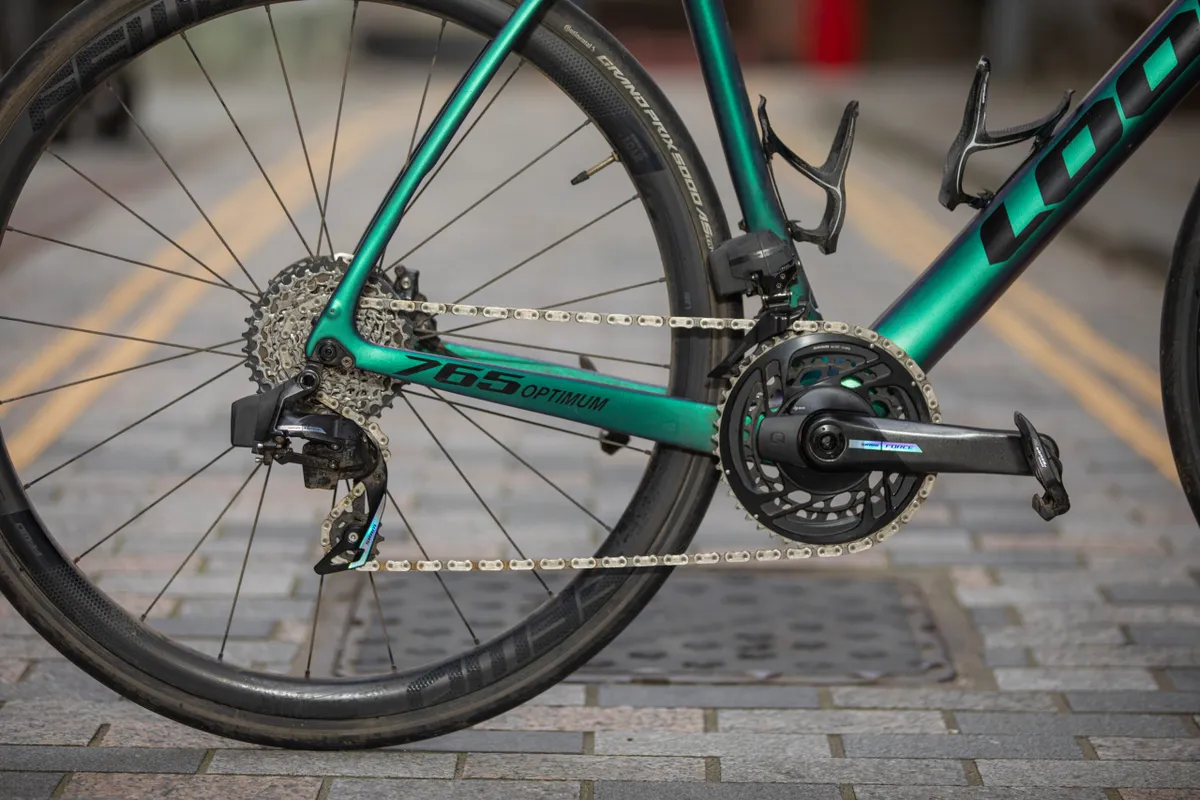
What is the general lifespan of chains, cassettes and pulley wheels on road and mountain bikes?
BikeRadar’s answer…
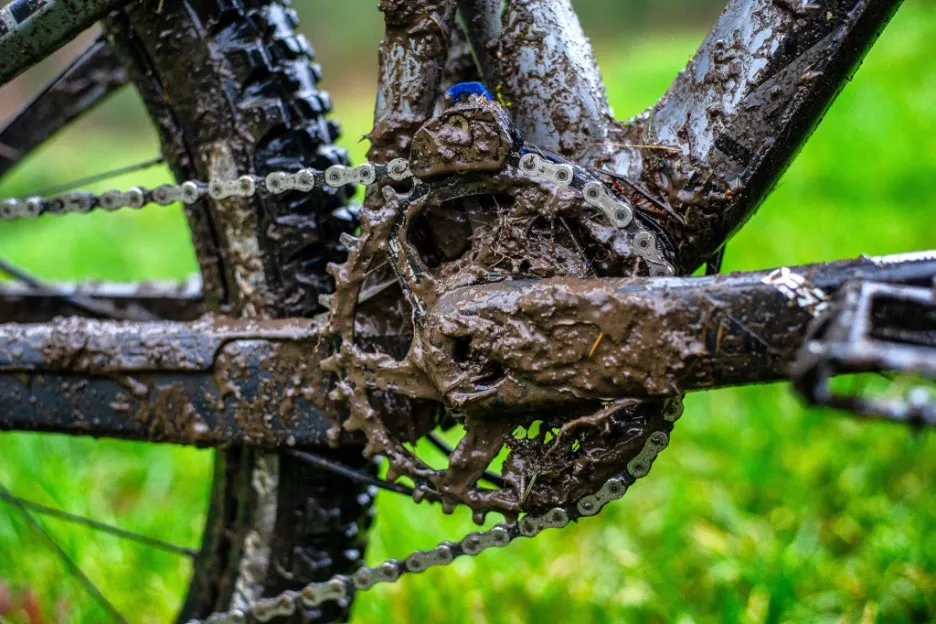
This is very dependent on the conditions you ride in and how you maintain your bike.
Make sure you regularly clean your drivetrain and don’t ride a worn chain because this will prematurely wear the cassette and chainring.
It’s also worth investing in a chain checker to keep an eye on your chain wear, such as the Park Tool CC-3.2 or the Park CC-4 if you’re running a SRAM FlatTop chain. Both options are relatively inexpensive and will save you money in the long run.
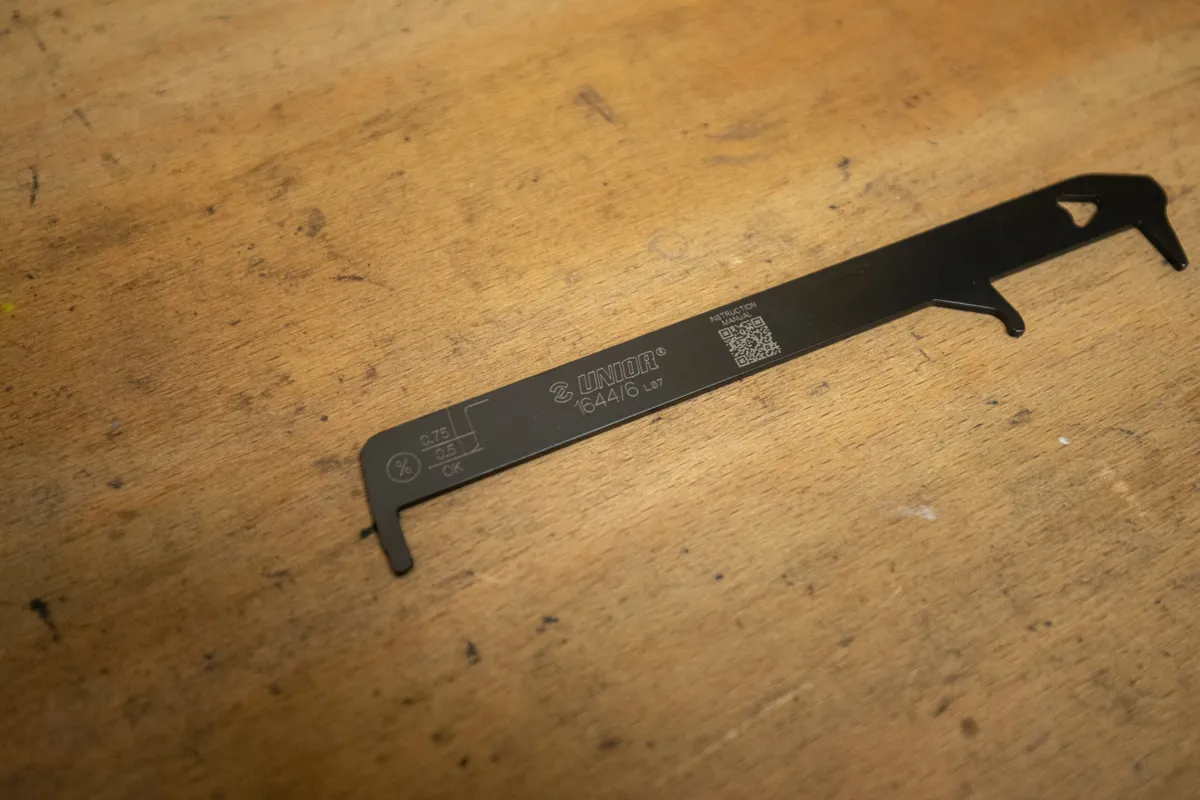
We’d also recommend periodically inspecting the cassette teeth. You’ll notice on a worn cassette that there’ll be an unevenness to the teeth profiles or, in extreme cases, they’ll resemble shark’s teeth.
Provided you change the chain on time, you should get three chains on one cassette. Rotating chains frequently can also help prolong your cassette’s lifespan.
Warren suggests that on the road, a chain will last on average 2,000 to 3,000 miles (3,200 to 4,800km). However, he caveats this by explaining “this varies based on how much torque you are putting into the components, how often you shift and the terrain you ride in”.
From a mountain bike perspective, Tom says it’s much more situation-dependent and a chain can get very dirty in the wrong conditions.
“You can very easily cook a whole drivetrain, for example, on a 24-hour mountain bike race in Scotland.”
Are manufacturers' torque specs for dry or lubricated fasteners?
Patrick Chang asks…
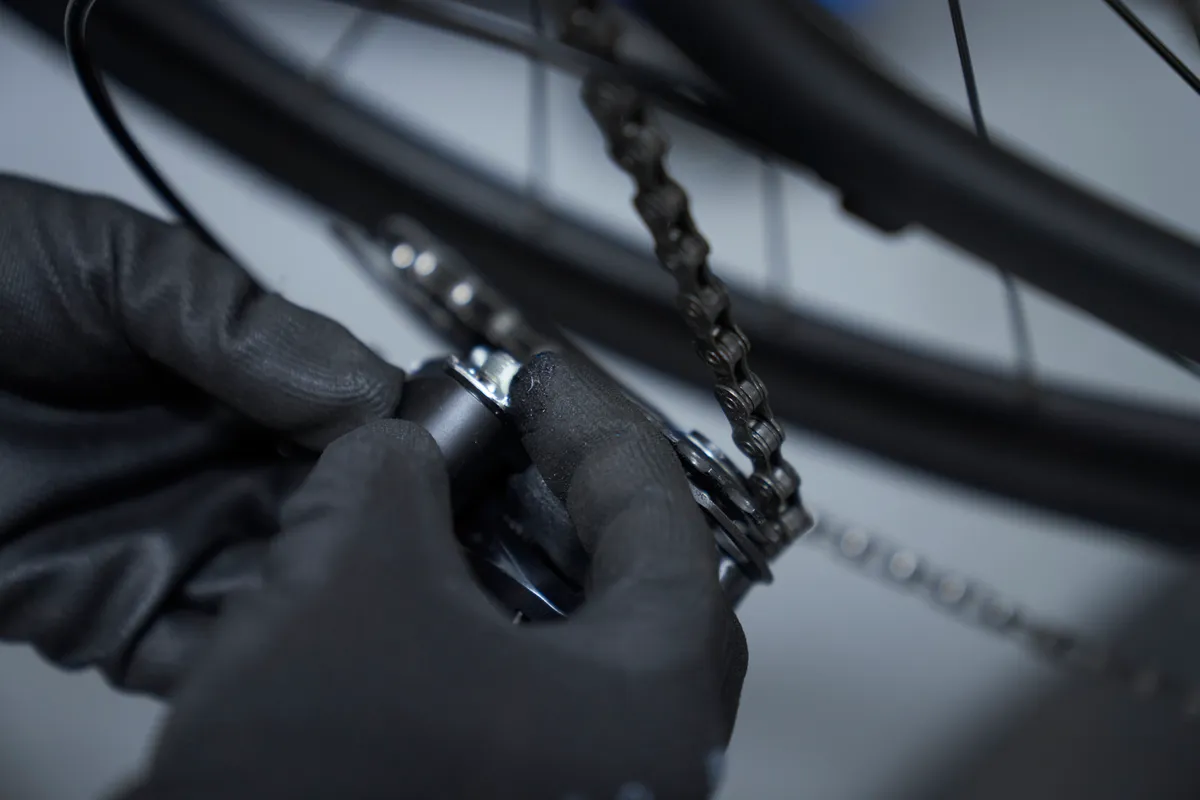
I'm curious about whether the torque specs provided by manufacturers are for dry fasteners or lubricated fasteners. If the former, is there an adjustment factor for lubed fasteners?
I've been a serious recreational cyclist and an occasional not-serious racer since the 1980s. Over the years, I've seen very little information about this question, which is surprising because I'd imagine it's an important consideration with all the lightweight hardware used on bikes.
BikeRadar’s answer…
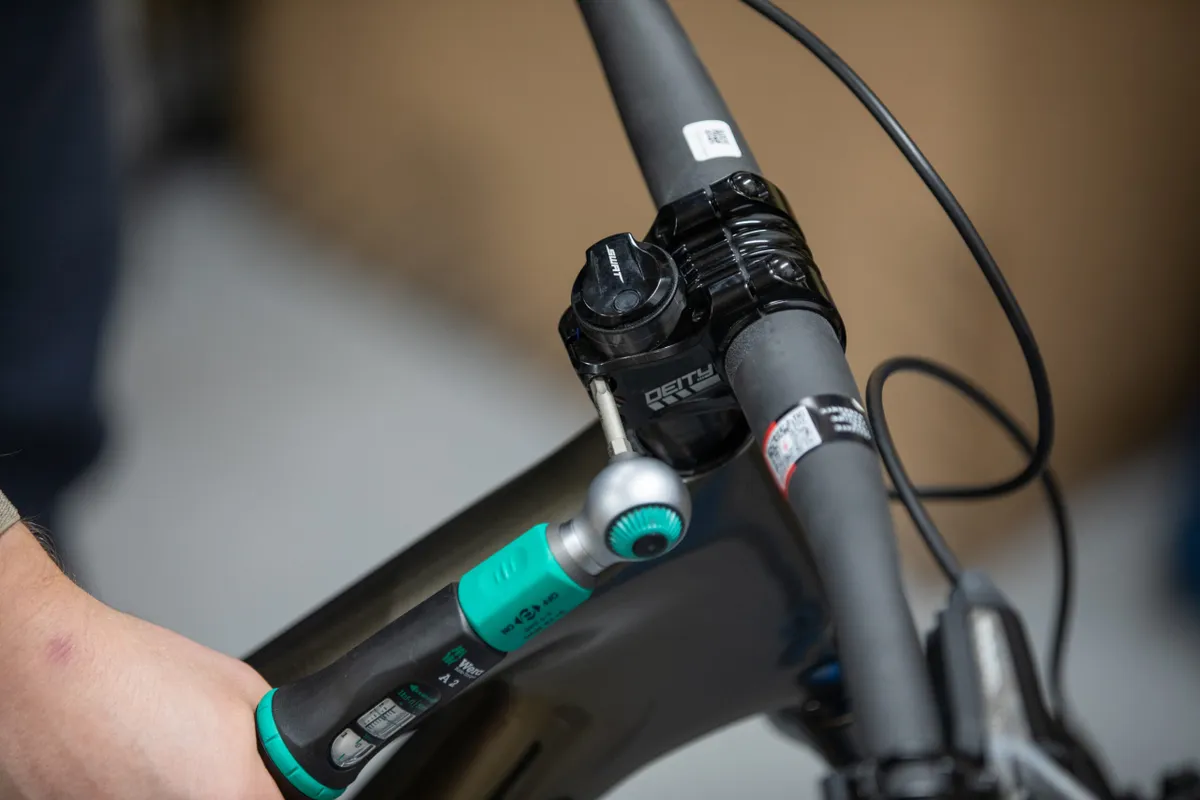
We spoke to Josh Poertner, CEO of Silca. He’s a fount of knowledge on maintenance questions and Silca is one of the leading brands when it comes to torque, creating products such as the Silca T-Ratchet and Ti-Torque.
For a deep dive, Silca has a video on this very subject on its YouTube channel.
“Long story short, almost all bicycle torque values are designed to be wet torque values, with very few exceptions. Wet torque gives more accurate and precise torque readings while minimising damage to threads in softer metals like aluminium,” Josh explains.
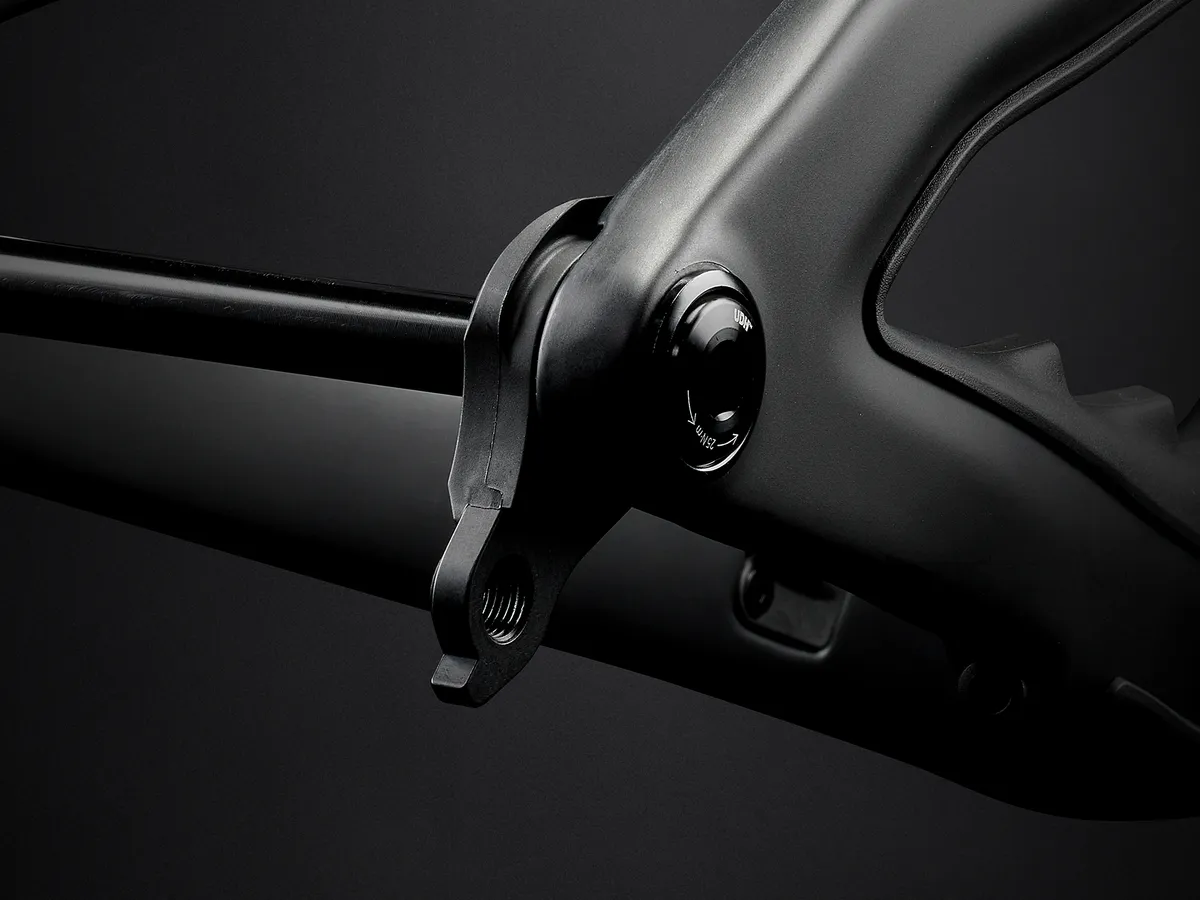
Josh explains there are two exceptions to this rule – firstly when metal threads into plastic, such as on SRAM’s Universal Derailleur Hanger. Grease or anti-seize can damage or soften plastic, so SRAM has designed this to be bolted in dry.
The other exception is when bolts come already prepared with Loctite, Vibra-Tite or Nyloc coatings. These are designed to act as a lubricant when tightening and as a threadlock after hardening or setting.
However, on the whole, Josh says it’s best to add a barrier of anti-seize paste to the threads of a component (or refer to manufacturer specifications if in doubt).
“Most, if not all, bicycle fastener interfaces are steel or titanium fasteners into aluminium threads, so you also need a barrier to galvanic corrosion in the interface between them,” he explains.
The maximum torque of an internal gear hub
Nelson Zornitta asks…
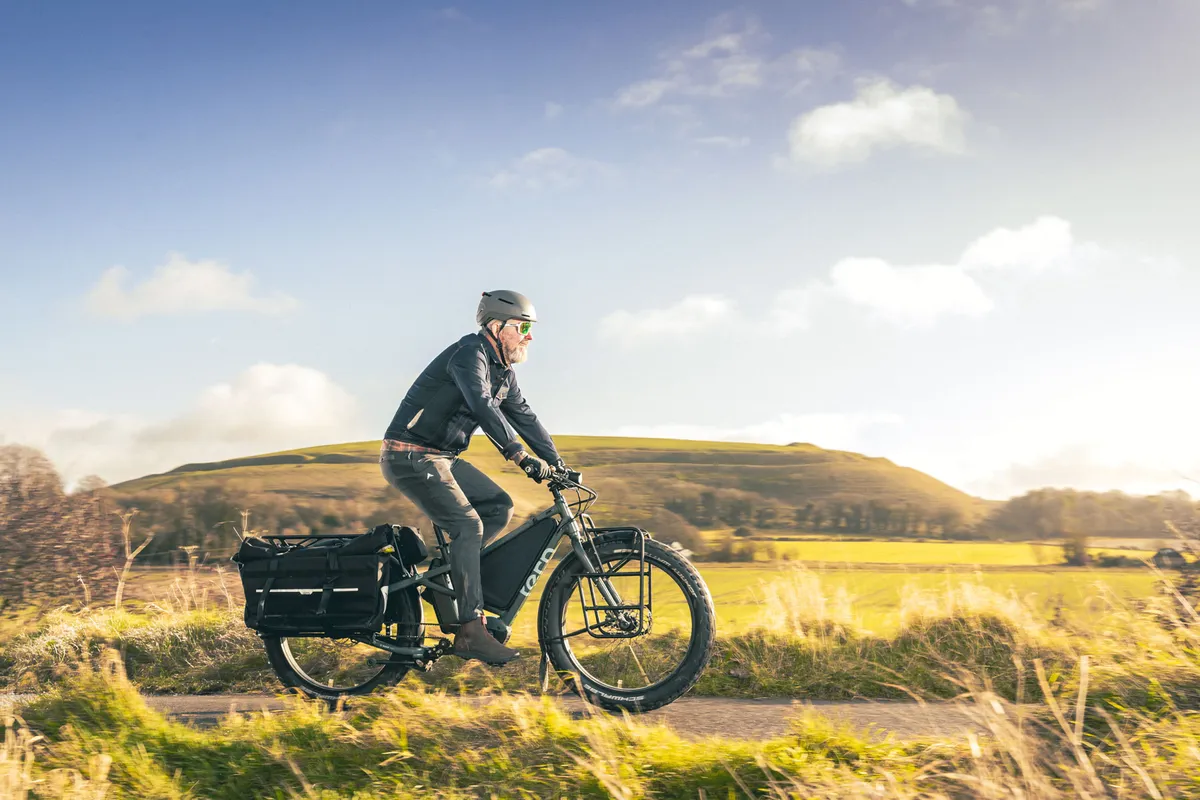
Could you tell me about the maximum torque an internal gear hub can support?
This information is very difficult to find and is especially useful when riding cargo bikes with a very low gear in hilly areas.
Some internal gear hub specs only specify the ratio that can be used, regardless of the applied torque (or crank length), and for use with an additional motor of unspecified torque, the difference in ratio is very small, which suggests the specified numbers are not exactly correct.
BikeRadar’s answer…
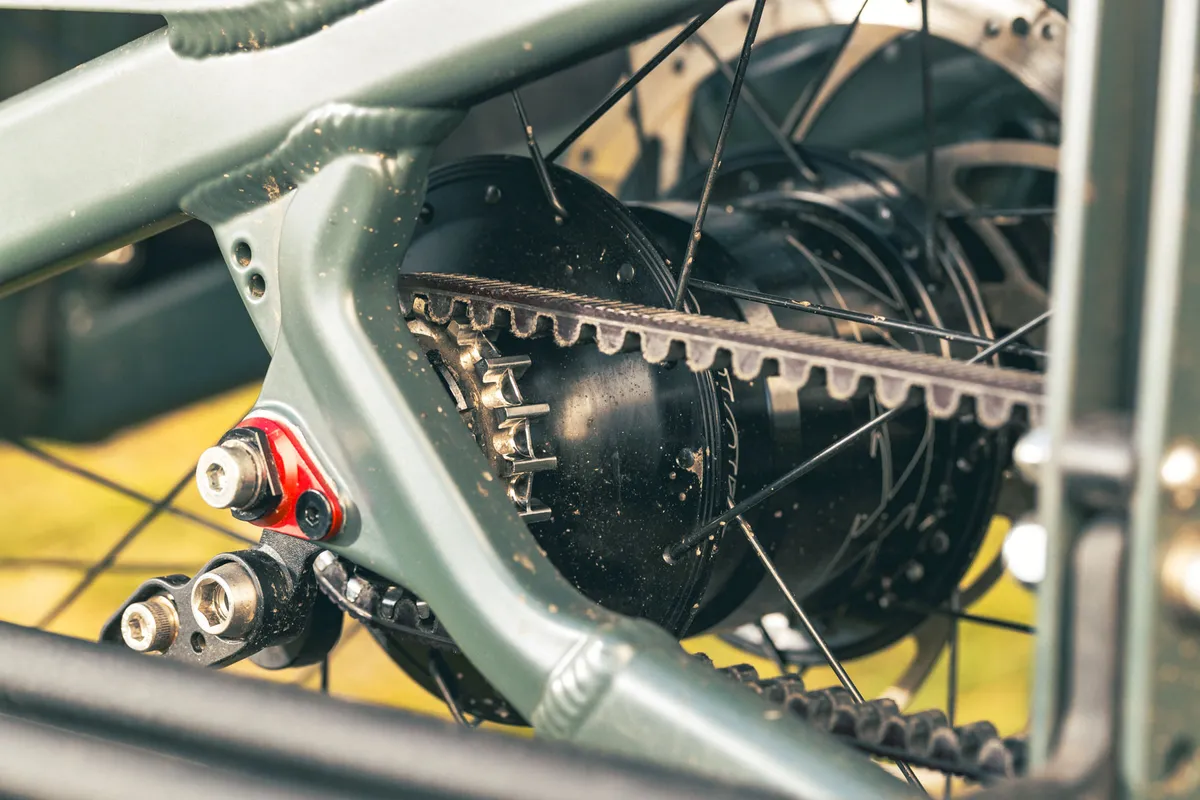
This is a tough question, so we contacted Stewart Stabik, international sales manager at Rohloff, for the best answer. Rohloff is a German brand that manufactures hub gears that are specced on a number of bikes and has been producing its revered Speedhub since 1998.
“From Rohloff’s perspective, the maximum input torque (measured at the hub sprocket) is 130Nm,” is Stewart’s short answer.
However, there are many nuances to be aware of.
Firstly, Stabik explains how it’s virtually impossible for riders to gauge their output torque. He explains how the 130Nm answer is as a result of taking the maximum input torque and calculating what gear ratio you’d have to use in order to achieve this figure.
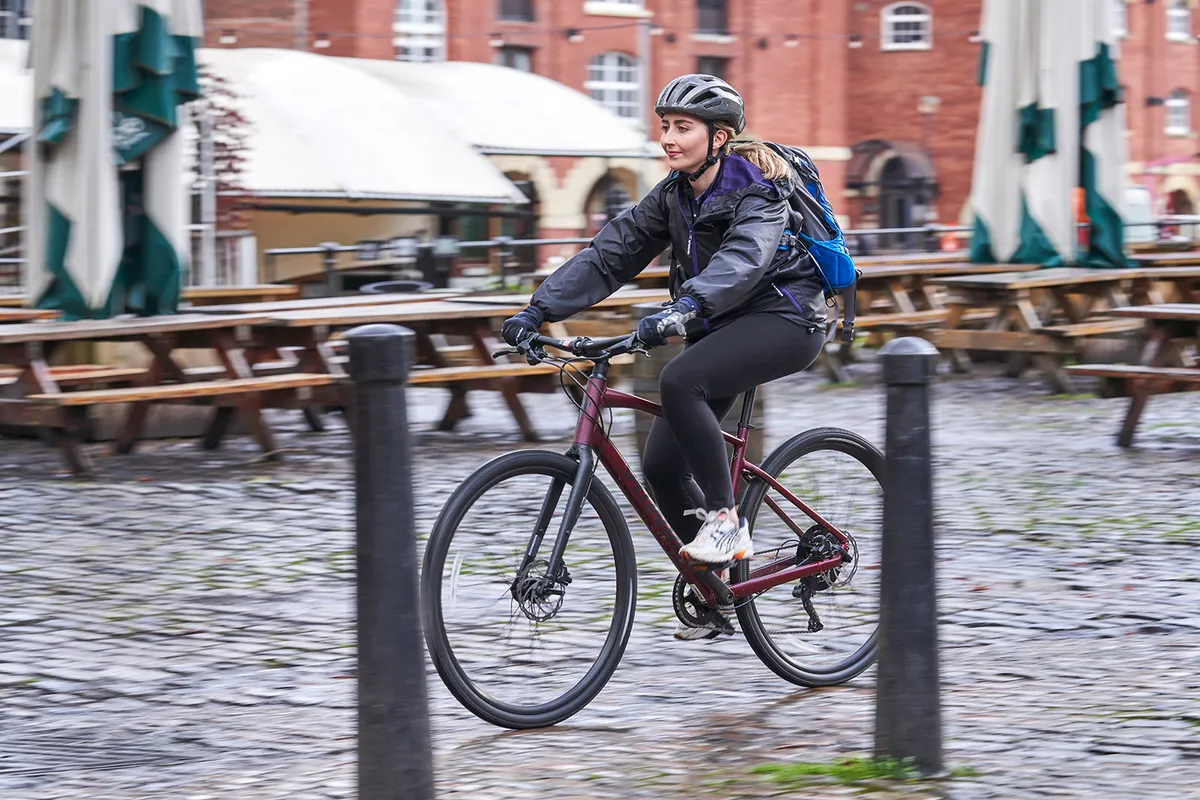
There are also subtleties between different bicycle genres. Stabik highlights how there are differences between a hybrid bike, where physics will take over when applying higher amounts of torque, which results in the bicycle performing a wheelie, and other bikes.
On a recumbent, tandem or cargo bike, Stabik notes the “torque is not trapped where it can cause damage to internal components”.
“As such, this minimum factor is then increased to 2.5 to ensure we do not exceed the 130Nm input torque,” he explains.
Different cargo bike designs will locate the weight differently between the axles and this in turn will affect the stability of the fully laden application.
As such, Stabik highlights how “if the bike is more stable at low speeds, then the smaller gears, producing the highest torque values, can be used more frequently and so the potential for torque related damage increases”.
For the mathematically able, Stabik includes the formula Rohloff uses for calculating torque. It is as follows:
* 130Nm/96ftlb input = force created by rider, plus motor, divided by Primary Transmission Factor (PTF)
e.g.:
- Rider creates 150Nm/111ftlb Motor creates 100Nm/74ftlb PTF of 2.5 = 150(111)+100(74) = 250(185)/2.5 = 100(92,5) (100Nm/92,5lbft = OK).
- Rider creates 250Nm/184ftlb Motor creates 100Nm/74ftlb PTF of 2.5 = 250(184)+100(74) = 350(258)/2.5 = 140(103,2) (140Nm/103,2lbft = NOT OK).
How to subscribe to the BikeRadar Podcast
The BikeRadar Podcast takes you to the heart of the issues that matter for bike riders, whether you're a roadie, mountain biker, gravel rider or commuter.
From the latest tech news, reviews and debates, to interviews with the biggest and most interesting personalities in cycling, the podcast is your direct line into the BikeRadar team.
To make sure you don’t miss a future episode, you can subscribe via Apple, Spotify or wherever you get your podcasts.
